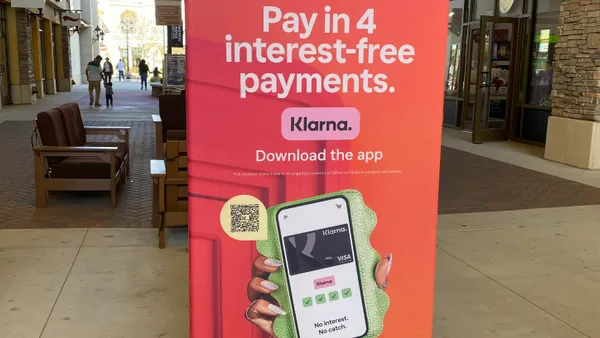Goodbye jack o’lanterns and Halloween candy; hello holiday shopping season. November 1 marked the official start of the holidays: that special time of year when retailers hope to incentivize shoppers to spend, spend, spend! Though Thanksgiving weekend is when the bulk of holiday shopping is done (read: Grey Thursday, Black Friday, Small Business Saturday, Cyber Monday) consumers are already making decisions about what they’re going to buy, and where they are going to shop.
Meanwhile, retailers and industry insiders are debating the following:
-
Will Cyber Monday break online spending records like last year?
-
Will quesadilla makers and cheesy graphic tees make a comeback this year?
And by the way, the last one is not a joke! The point is, this season is going to be an interesting one.
In addition to an increase in sales (holiday sales can account for as much as 30 percent in total annual revenue), the holiday season also means an increase in returns. Whether an ugly sweater, problematic consumer electronic, or a novelty kitchen appliance, around 13% – or close to $95 billion worth of merchandise – once purchased/gifted/unwrapped, will be heading back to U.S. retailers this holiday season. That’s up 35% from 2016. Accordingly, it’s essential that retailers account for and have a plan in place for the flow of inventory coming back.
Though much of it will be in functional and cosmetically perfect condition, putting it back on store shelves is logistically inefficient (consider this: it costs twice as much to process an online return back on shelf as it does to sell it). Plus, packing up and storing seasonal items for a year can compromise space in – what’s most likely – an already packed warehouse.
The new vogue: online liquidation marketplaces

Given tight margins, reduced warehouse space, shorter product lifecycles, and sustainability demands, retailers should look to liquidation as a viable channel to offset loss. Nine of the top 10 U.S. retailers are currently using private, branded, online auction marketplaces to sell their returned and overstock merchandise directly to an approved group of buyers (post holiday and all year round). These marketplaces are customized, integrated, and scaled based on the retailer’s unique needs. For example, they can handle a substantial increase in inventory volume following the holidays without sacrificing velocity or recovery. They also allow total control over who is buying the inventory and how it enters the secondary market. Here’s how it works:
Higher Pricing: By setting up an online auction dynamic where specifically targeted buyers compete to buy your merchandise, pricing goes up.
Better Control: Marketing to a database of targeted, vetted secondary market buyers allows you to control who sees your merchandise and who is allowed to buy it.
Velocity: With a larger buyer base, made up of the right buyers, you can move inventory as needed - regardless of volume, time of year, or product category.
Automation/Efficiency: No more spreadsheets. No more faxing. No more negotiating over the phone.
Online Auction Dynamic: Auctions mean no offline negotiating. You’ll be able to extract buyers’ highest willingness to pay and have real data on secondary market prices.
In addition to using this type of platform to sell their returned and excess inventory, these retailers are also applying data to achieve their goals (be it recovery, velocity, brand control, etc.); the smallest adjustments can drive substantially better results. For example, lot optimization, low start prices, accurate manifests, targeted marketing and other strategies all contribute to better pricing. This is where working with a company that has years of online marketplace experience – and years of compiled data – can make a big difference.
Let’s face it, holiday returns are inevitable: consumers are fickle and expect retailers to happily accept the purchases and gifts they bring/send back (doesn’t even matter if it came from Grandma!). By looking to liquidation to remarket your returns - in the form of an online auction marketplace - you’ll find that December 26 and beyond isn’t so scary after all.










